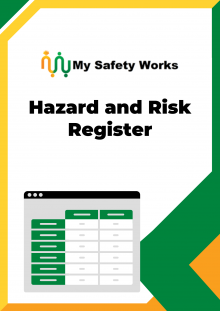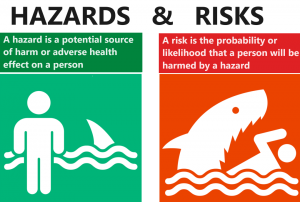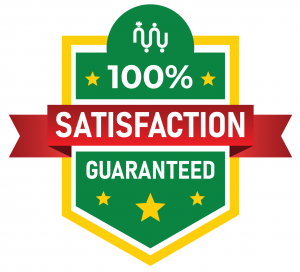
This hazard and risk register:
A hazard and risk register is a tool used by organizations to identify and track hazards and risks. It can also be used to assess and prioritize risks and to develop and implement risk management plans. The register is a living document that allows new or changed hazards to be recorded and monitored for their mitigation to as low as reasonably practicable (ALARP).
A hazard is a potential source of harm or adverse health effect on a person or persons. Hazards can be physical, chemical, biological, radiological, ergonomic or psychological in nature. Risk is the probability or likelihood that a person will be harmed or experience an adverse health or safety effect if exposed to a hazard.
Effective hazard identification and risk management provides a level of assurance that an organization will achieve or exceed its objectives, comply with its obligations and is an essential component of due diligence responsibilities.

Typically, there is a four-stage process to identify hazards and assess and control the risks with activities, products and services over which it has control or influence.
1. Foreseeable hazards to be identified.
2. Risks to be assessed.
3. Risks to be eliminated or controlled to as low as reasonably practicable.
4. Monitoring and review to determine if control measures are effective.
This step involves being on the offensive to search for, detect and eliminate, or control all reasonably foreseeable hazards that have the potential to expose personnel to risk. Hazards may arise due to:
Note: If a hazard is identified that cannot be immediately controlled, a verbal or documented hazard report should be completed and submitted to a manager or supervisor.
Once hazards have been identified, an assessment of the risk must be made by evaluating both the likelihood of any injury, illness or damage occurring and the likely severity (or consequence) of any injury, illness or damage that may occur. The following factors should be considered when evaluating risk:
Note: A risk assessment can be undertaken with varying degrees of detail depending on the type of hazards and the information, data and resources that are available under the circumstances.
A method of control must be selected and applied to each hazard identified. It is important to select the most effective and reasonably practicable method. This may include selecting a combination of control measures. Where it is not reasonably practicable to eliminate risks, control measures must be implemented to minimize risks to the lowest level reasonably practicable, in accordance with the risk management hierarchy of controls. Maybe I can insert the HoC RA chart here.
The final step of the process is to monitor and review the effectiveness of control measures, to verify they are as low as reasonably practicable. Reviews of risk control measures may include:
Note: The control measures decided upon should be discussed and reviewed for as long as necessary to enable ongoing safe work practices.
Risks identified in the risk management process and studies such as HAZOP’s etc should be transferred to a hazard and risk register.
This hazard and risk register has provisions for the following aspects of
Note: The hazard and risk register has drop-down menus to help you assess hazards and risks too.
